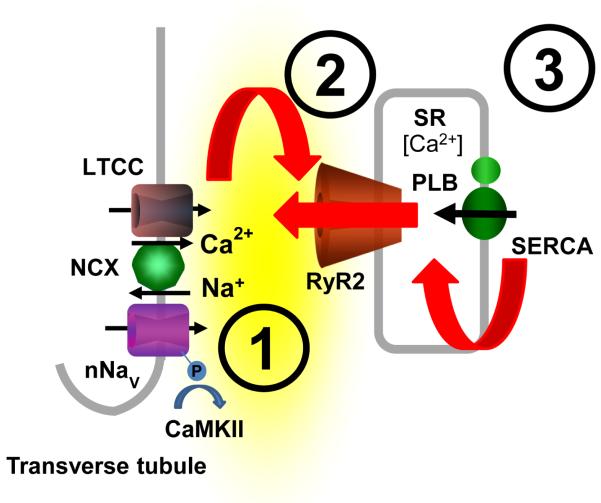Fig.7. Arrhythmogenic targets of β-AR stimulation responsible for CPVT.
During the initiation of excitation-contraction (EC) coupling, Ca2+ influx through the L-type Ca2+ channels (LTCC) results in activation of RyR2 and subsequent Ca2+ release from the SR.68 Based on the present study, in the presence of β-adrenergic receptor (β-AR) agonist isoproterenol, 1) CaMKII-dependent augmentation of Na+ influx during the post-systolic phase (i.e., persistent Na+ current) may facilitate diastolic Ca2+ release (DCR) by enhancing Na+-Ca2+ exchange (NCX)-dependent Ca2+ accumulation in the dyadic cleft (i.e., space between the sarcolemma and the RyR2). 2) This nanodomain Ca2+ accumulation in turn promotes DCR via Ca2+-induced Ca2+ release from the RyR2 that are sensitized due genetic defects in the RyR2 complex (i.e., RyR2, CaM, CASQ2, TRD and/or calstabin),2–5 These along with 3) increased SR Ca2+ load play a critical role in triggering aberrant DCR during β-AR stimulation in CPVT.

